A Swedish magazine with a 70-year tradition in the field of image and sound recently tested the new iMac with a 24-inch screen. You can reread it: Noticeably higher performance on most things with the M3. Handy format, bright screen with high resolution. Dolby Atmos sound. More memory and extra storage is expensive. Still Lightning connector on keyboard and mouse. When Apple launched the 24-inch version of the iMac with an all-new processor in 2020, it was the biggest upgrade to any iMac in years. The new M1 processor crushed the Intel processors in our tests, suddenly the little iMac was a powerhouse. It is worth noting at the outset that the processor rating applies to Apple's own solutions. These did not have to be attractive solutions in the wide range of offers with Intel processors. The Swedish review often mentions working with sound, but these are general statements that should satisfy Apple fans who plan to invest in new equipment. However, there is a clear indication of Atmos that active studio monitors will provide better listening. This indicates that this offer is not focused on the number of features, rather than their quality.
A similar problem occurs with all-in-one PC, but these are much cheaper. They also have an open structure that allows you to optimally adapt the system to your expectations, and Apple has severely limited such possibilities and is drifting towards embedded systems, making its offer similar to those of TVs.
LG uses webOS in TVs, which is considered one of the most liked by users. Why? First of all, because it works very quickly and the operation is very intuitive, so it is not the slightest problem even for older people. Does Apple view its customers similarly?
Strongly associated around the world with affordable audio equipment, Panasonic installed Firefox OS on its TVs for some time. However, it turned out that it was not the best choice and they currently offer My Home Screen on this basis. The only question is how much chance they have to offer attractive solutions on their own. It looks more like tying the customer to the brand.
In turn, Smart TVs from Samsung have Tizen, which is the basis for the Smart Hub platform. This solution is intended to ensure seamless cooperation with the manufacturer's smartphones, which can be used to control the TV and transmit multimedia content. However, the name Smart home hub is used by many actors on the market and everyone has their own vision for it.
Despite its limitations, all-in-one PCs usually have Windows installed, which allows the use of software that converts the digital signal into analog with greater precision than the physical capabilities of the sound processor. Such software is often completely free for PCs because its creation is made easier by the Windows Audio Session Application Programming Interface (WASAPI). These capabilities already appeared with Windows XP for High Definition Audio with Universal Audio Architecture (UAA). Audio stream input/output (ASIO) has never been developed so effectively because it was focused on the needs of hardware manufacturers and the competition between them, rather than finding optimal solutions for playing music from a PC.
Since Windows XP, Microsoft also offers Room (Correction) Calibration for free in its OS. This automatic calibration gives good results even with a simple microphone.Commercial programs for making such corrections are expensive and require microphones for acoustic measurements.
Neumann's proposal, which is the most famous brand of studio microphones, shows how important it is to properly calibrate the listening session. The package from this iconic brand in the world of music production allows you to perfectly calibrate music playback in a specific room and can be used with an all-in-one PC or iMac. However, PC gives greater opportunities to ensure that the money invested gives optimal results with the help of software.
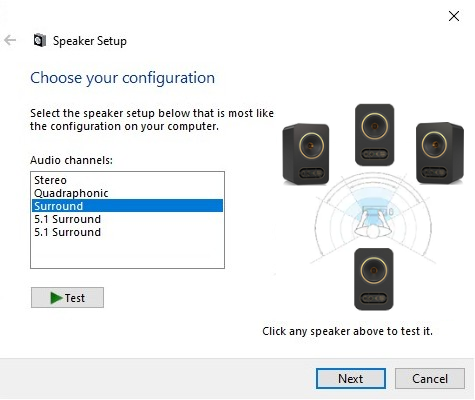
An even more interesting alternative is a desktop PC and 4 active Tannoy monitors to take advantage of the new speaker configuration for surround sound. The new 4-speaker configuration proved to be great during the pandemic for playing traditional stereo recordings, as well as digital copies from analog quadraphonic records in SQ and QS systems.
It is also very practical to fully enjoy DVD movies with 5.1 surround sound at home. Expensive 7.1 and 9.1 home theater systems perform well in equipment manufacturers' laboratories. Rarely at home, because it is difficult to set and configure it properly.
During the pandemic, the Metropolitan Opera is making its recordings available to a wider audience online. A PC connected to a TV and 4 speakers provided a great experience at home.
This type of PC may have a TV tuner that allows you to receive broadcasts from the French Mezzo. Connecting this to a simple TV and 4 speakers also provides a great experience at home that is difficult to achieve even with very expensive equipment from traditional home theater systems. You just need to remember that a PC, unlike embedded systems, does not have any special properties and these are always created by proper configuration.
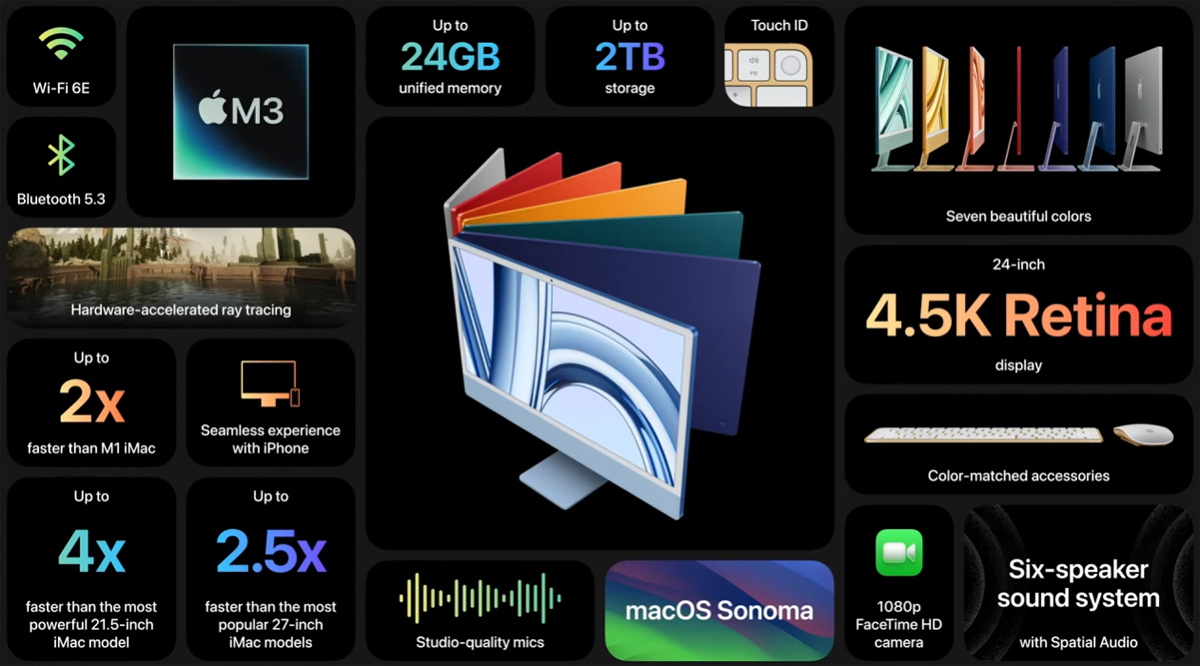
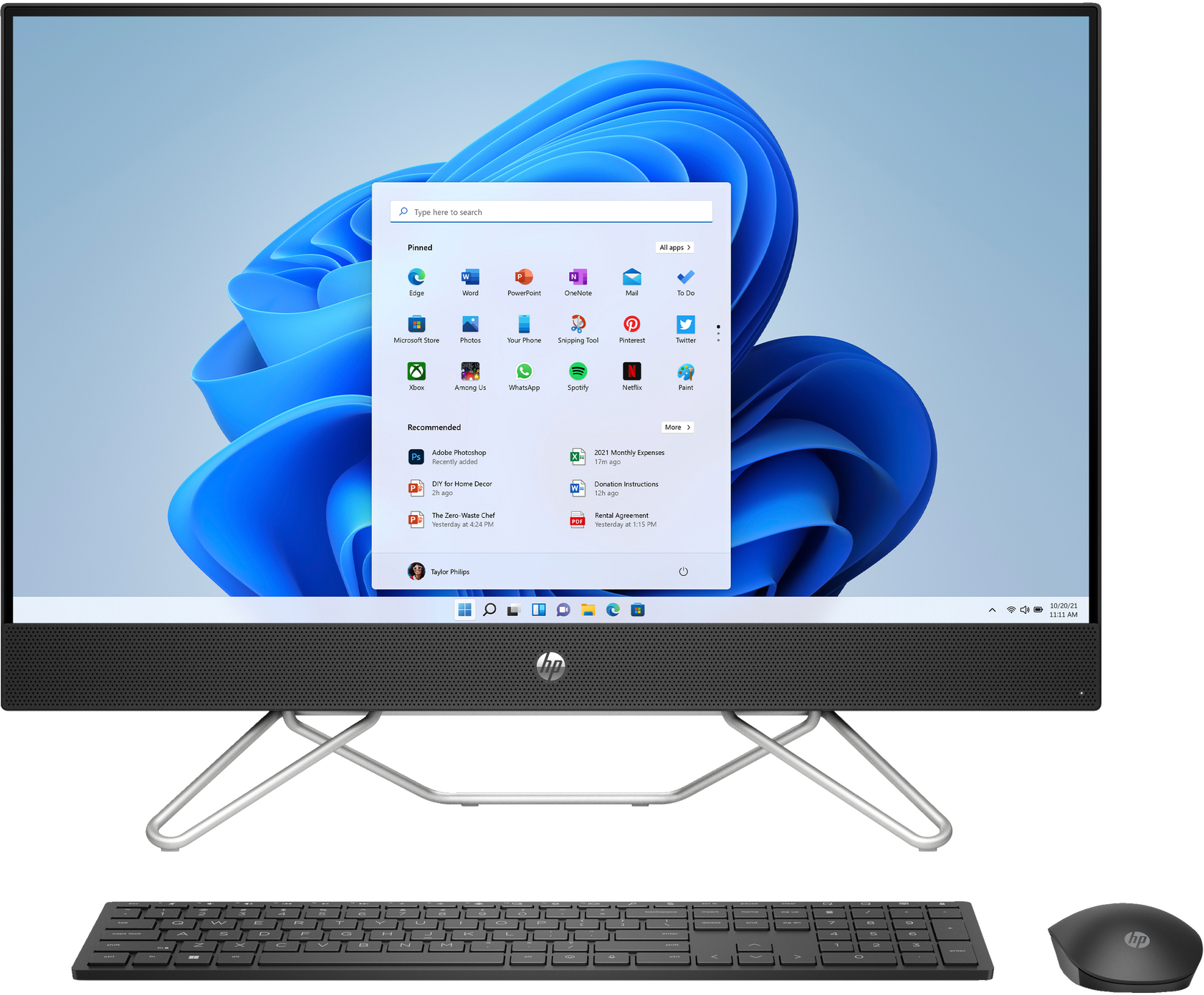


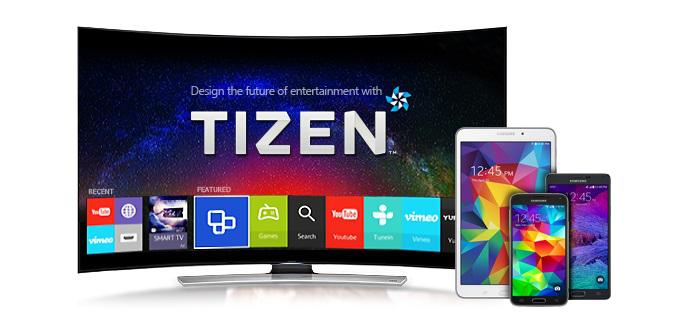


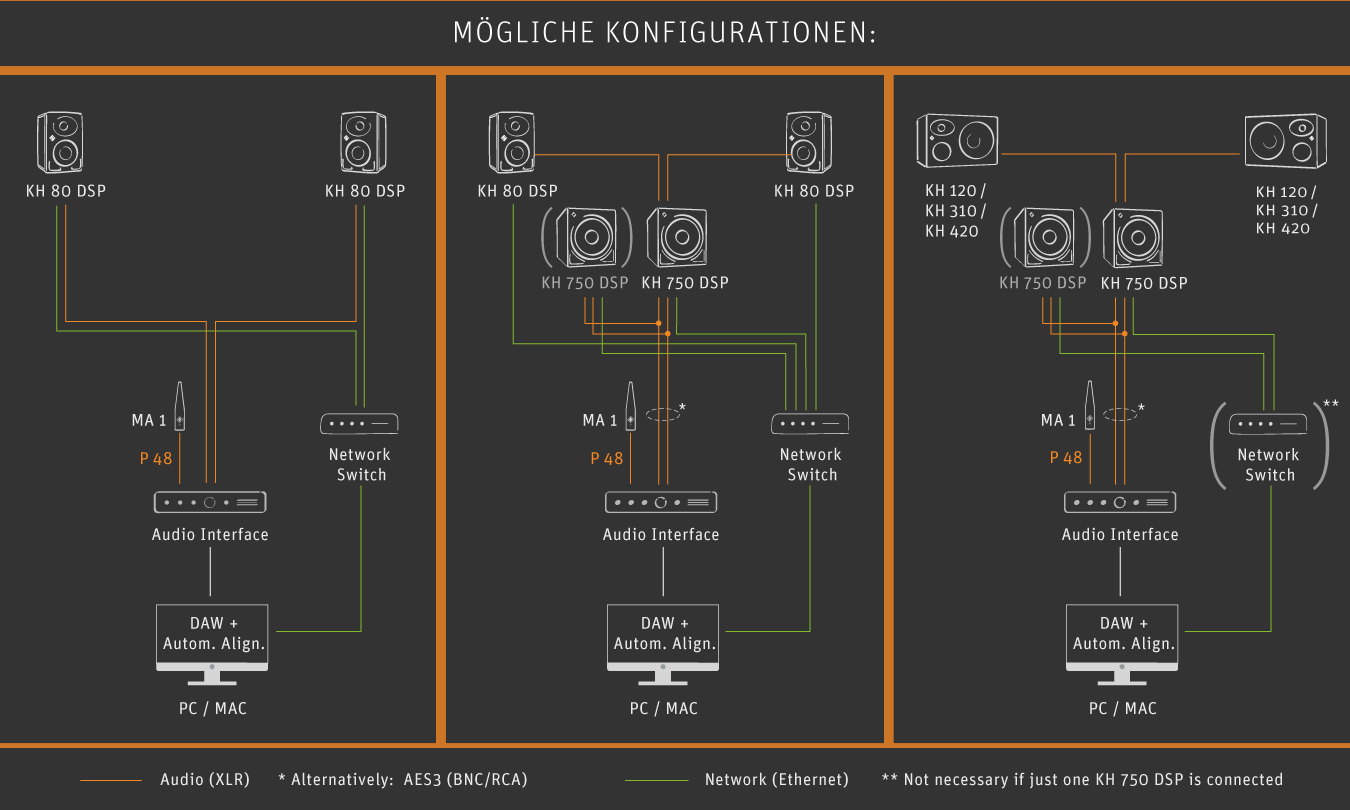



Comments
Post a Comment